Stick With Nature: Organic and Non-Toxic Adhesives for Home Decor
Chosen theme: Organic and Non-Toxic Adhesives for Home Decor. Explore safer bonding for beautiful spaces—eco-minded methods, practical tips, and heartfelt stories that keep your home healthier. Join the conversation, share your experiments, and subscribe for weekly projects powered by planet-friendly stickiness.
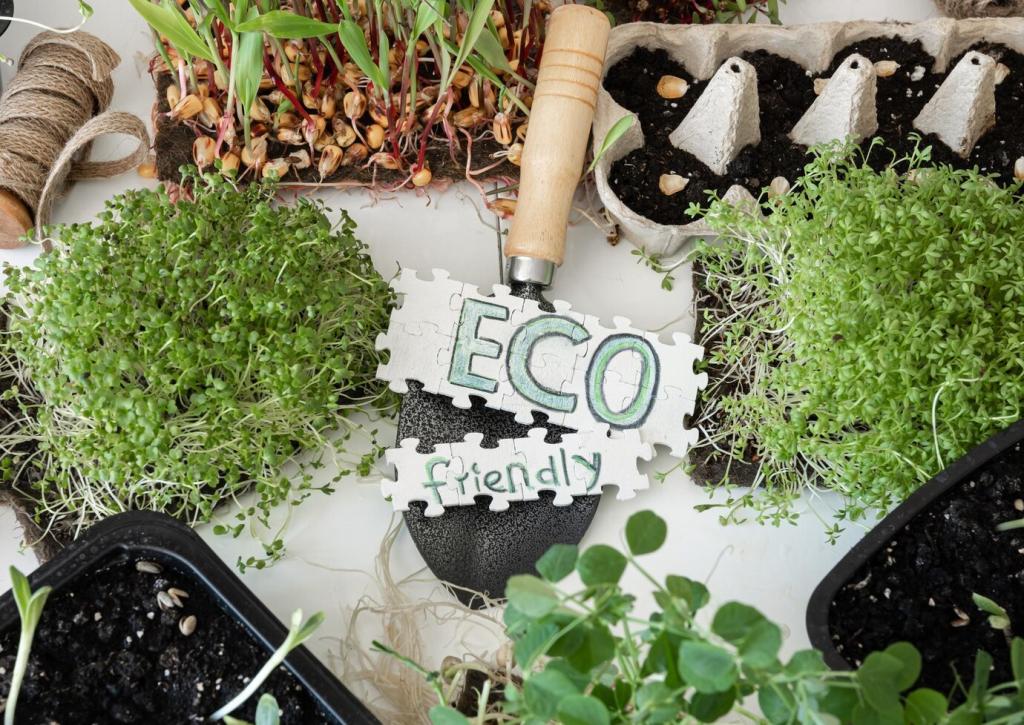
What Makes an Adhesive Organic and Non-Toxic?
Many modern adhesives rely on plant-derived resins, natural latex from responsibly managed sources, and water-based carriers that minimize harsh additives. These bio-based formulas reduce fossil reliance while delivering dependable bonds for decor tasks like framing, paneling, and textile accents.


What Makes an Adhesive Organic and Non-Toxic?
Look for clear signals such as GREENGUARD Gold, ASTM D-4236 labeling for art materials, or EN 71-3 compliance indicating limited heavy metals in cured products. Certifications don’t replace good ventilation, but they help you compare options accurately and choose safer adhesives for living spaces.
Perfect Matches: Materials That Love Natural Adhesives
Wood, Bamboo, and Cork
Water-based, plant-resin wood glues bond porous materials like oak, bamboo, and cork beautifully. Light surface sanding and snug clamping create tidy joints for frames, wall slats, and cork mood boards, while avoiding strong chemical odors that linger in living rooms or bedrooms.
Fabrics and Natural Fibers
For linen, cotton, and jute, flexible non-toxic adhesives prevent stiffness and cracking. A thin, even coat keeps hems neat on fabric wall banners, and gentle heat after curing helps set seams. Always test on a swatch before committing to your final textile decor piece.
Ceramic, Paper, and Glass Accents
Porous ceramic and paper collages respond well to water-borne glues, while etched or lightly abraded glass accepts certain bio-resin formulas. For delicate paper art, brush adhesive sparingly from center outward to avoid warping, then weigh edges with books until fully cured and flat.
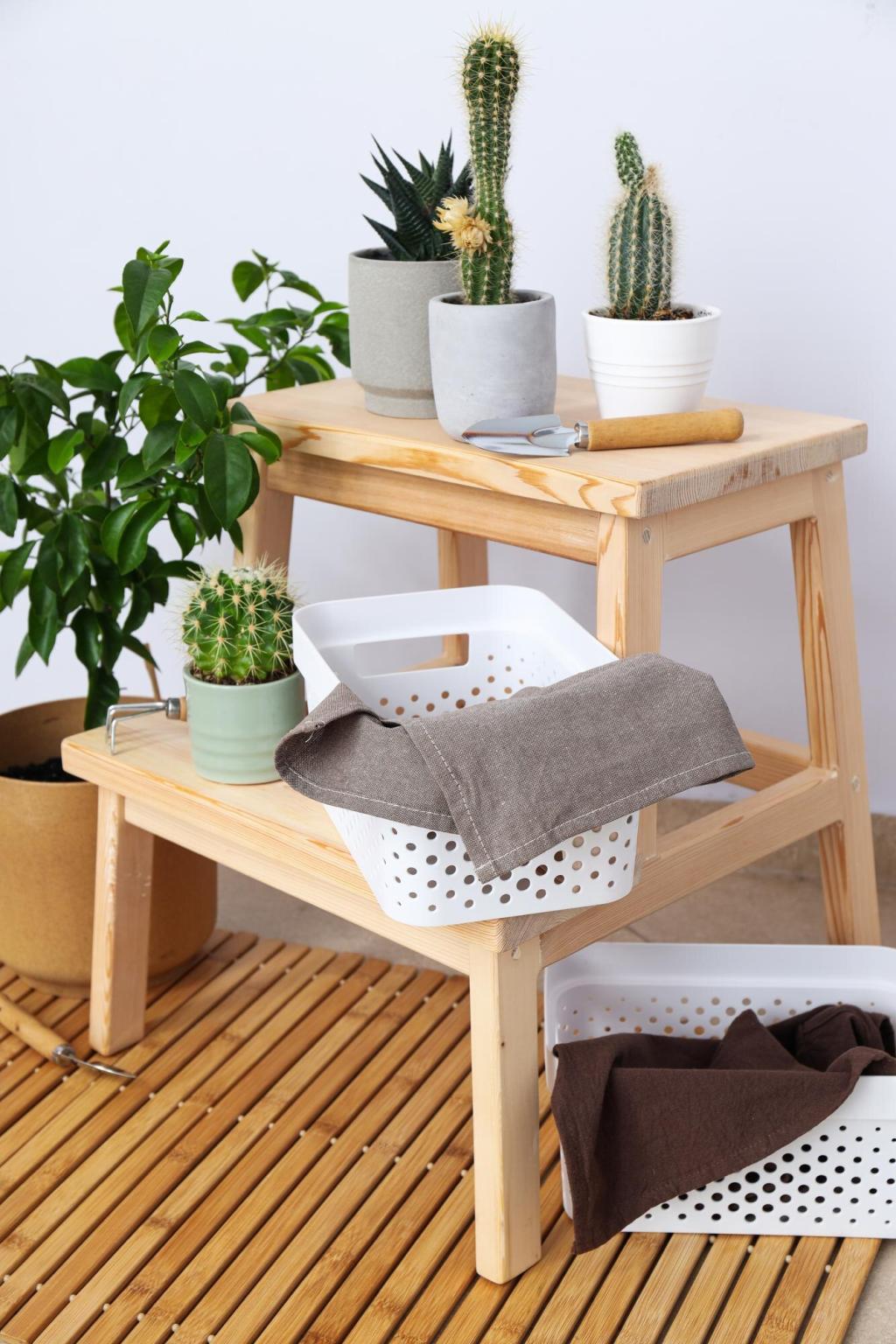
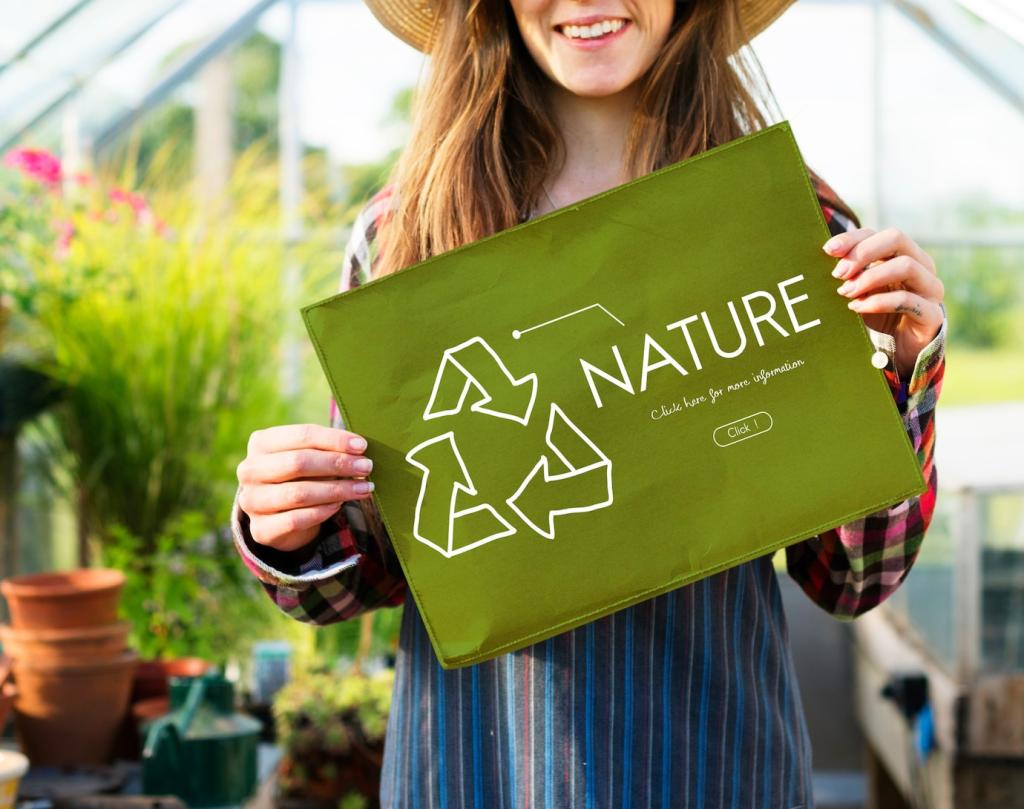
Application Techniques for Strong, Clean Bonds
Dust, oils, and old finish can sabotage an otherwise perfect bond. Wipe surfaces with a slightly damp, lint-free cloth, let them dry fully, then scuff glossy areas lightly. This small investment pays off with cleaner lines, fewer gaps, and longer-lasting home decor assemblies.
Application Techniques for Strong, Clean Bonds
No clamp? No problem. Use elastic bands for frames, painter’s tape for trim, and heavy books for flat laminations. Even, gentle pressure helps organic adhesives wet the surface properly, forming stronger bonds while keeping squeeze-out controlled for a tidy, professional finish.
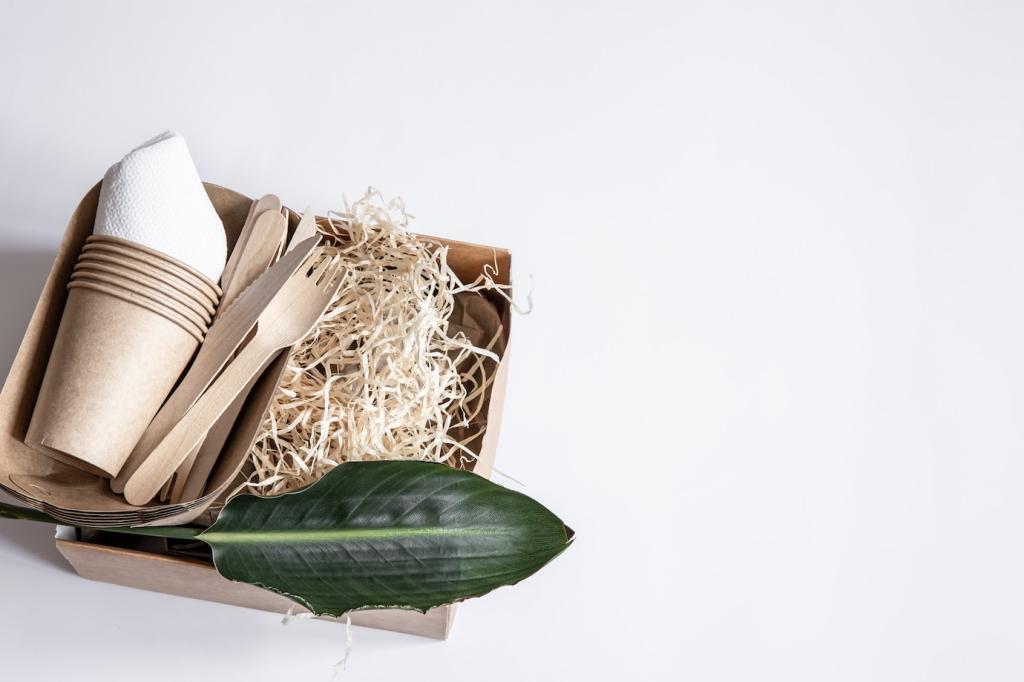
Stories from the Studio: Gentle Glues in Action
A brittle family frame came back to life with water-based wood glue and careful tape clamping. No heavy fumes, just a quiet afternoon of sanding, aligning corners, and waiting. The reunion photo now hangs proudly, and the room smells like fresh coffee, not solvents.
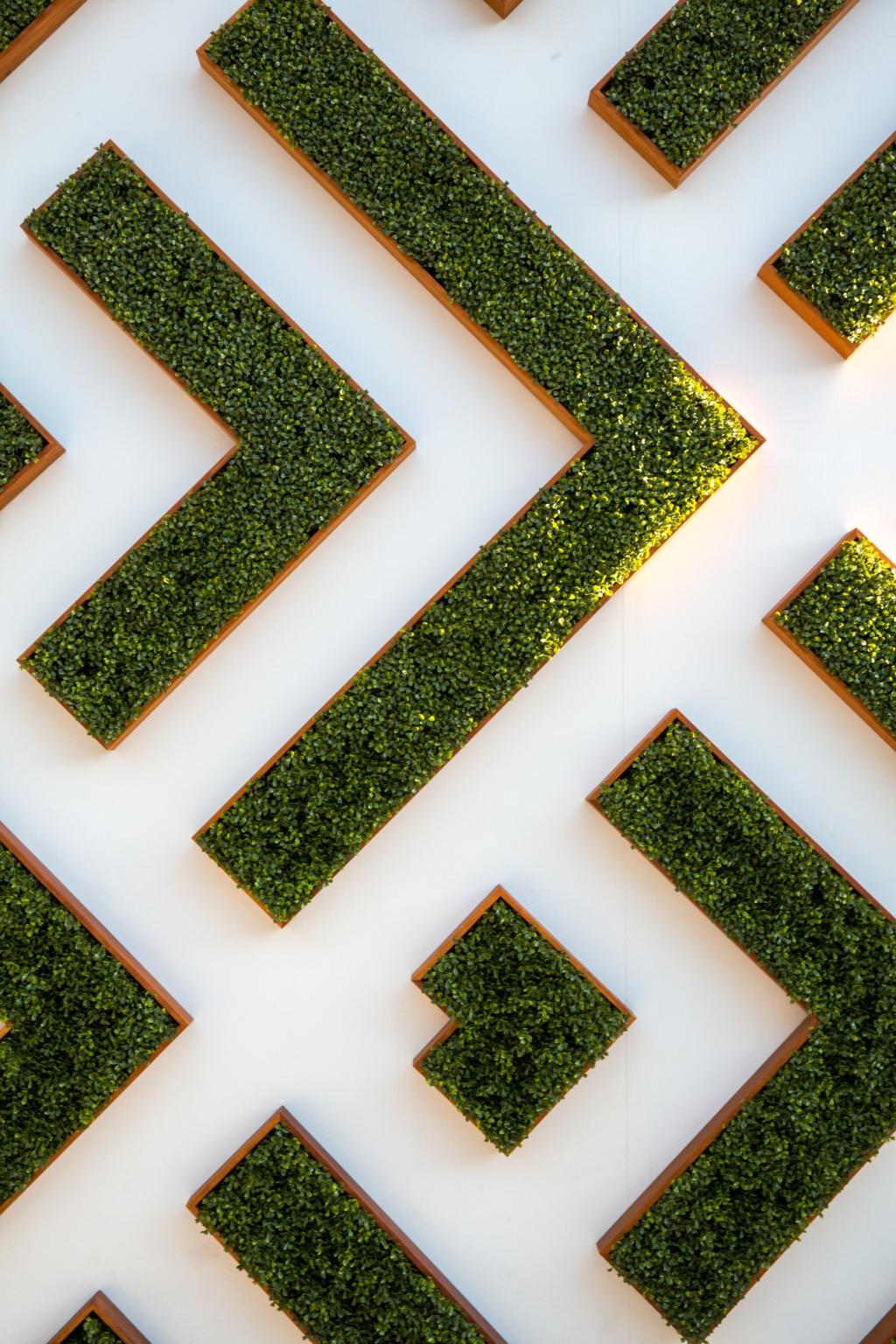
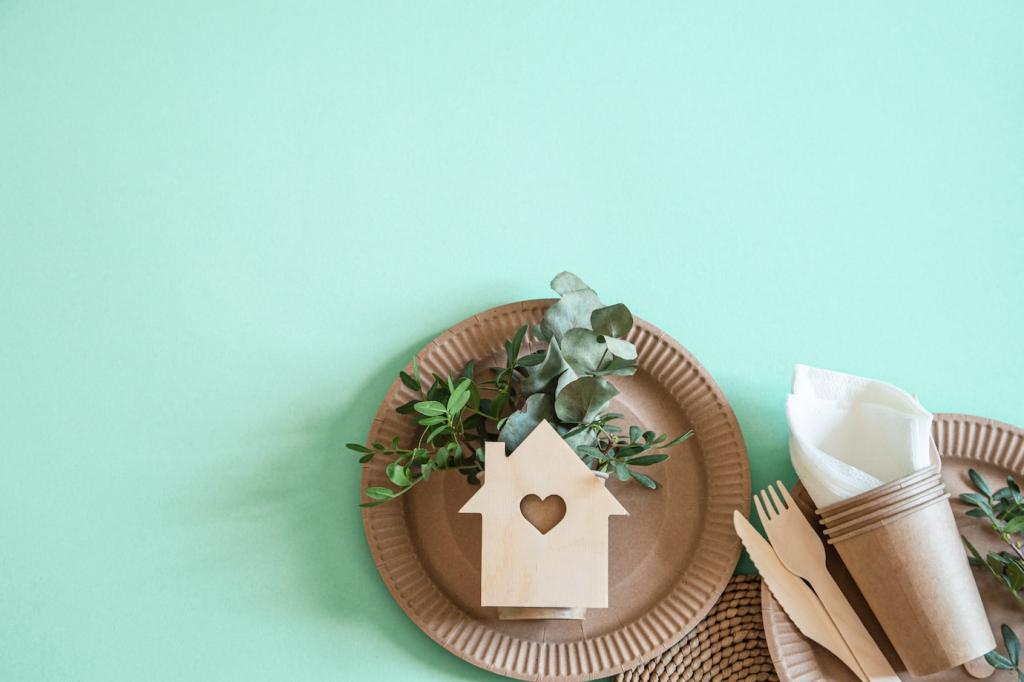
Sustainability Beyond the Label
Seek brands that disclose ingredients plainly and publish safety data sheets. When companies show carbon goals and bio-based content percentages, it empowers you to pick adhesives that align with your values and the cleaner, calmer feeling you want at home.
Sustainability Beyond the Label
Measure twice, dispense once. Use small palettes, reusable brushes, and tight caps to prevent waste. Keep offcuts for tests or small repairs, and donate surplus supplies to local schools or makerspaces. Thoughtful habits keep projects affordable, tidy, and kinder to the planet.
Your Gentle-Glue Toolkit
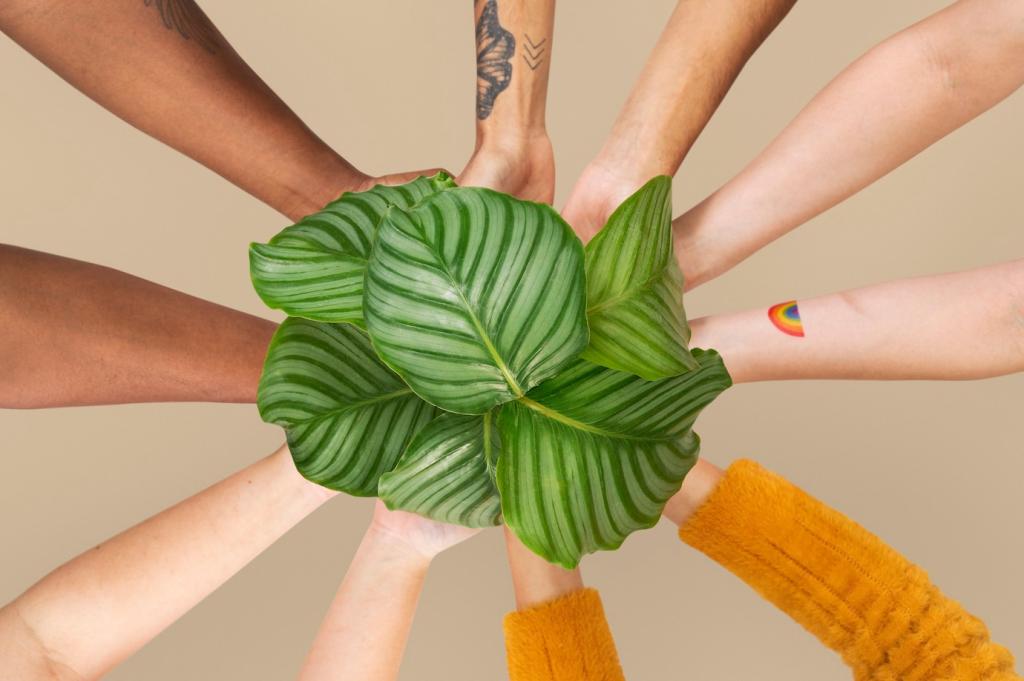
Keep a plant-resin wood glue, flexible fabric adhesive, fine brushes, a silicone mat, painter’s tape, elastic bands, and cotton swabs. Add a small roller for laminations and a craft knife for squeeze-out cleanup. Compact, affordable tools make every project smoother and calmer.
